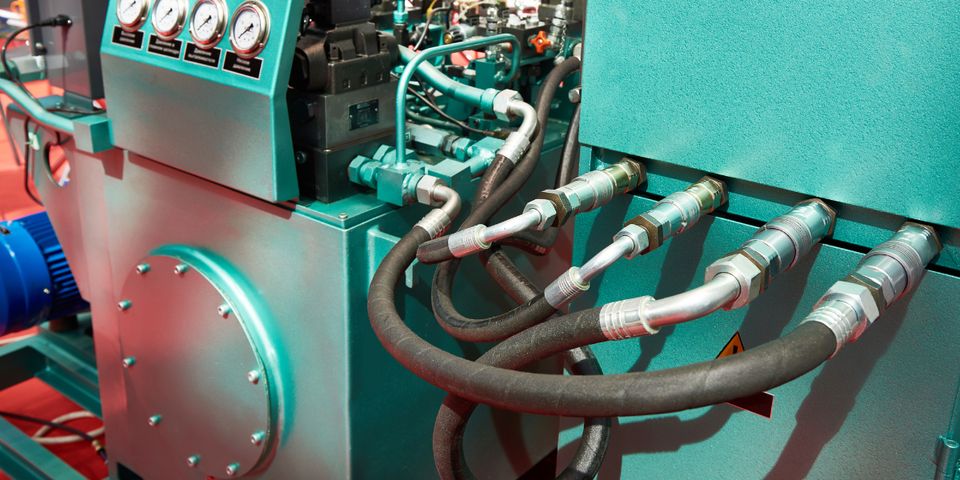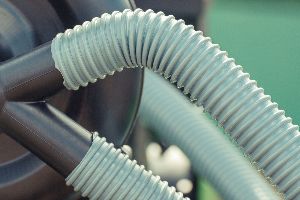5 FAQ About Hydraulic Hoses

In a hydraulic system, hoses are used to connect ports or actuators so that fluid can flow reliably. While there are many types of hydraulic hoses, they all share similar qualities, like being flexible to adapt to an equipment’s unique configuration. They also feature reinforced construction to withstand high-pressure activity, minimize vibrations, and dampen noise. Here are some frequently asked questions that shed more light on hydraulic hoses, whether they're for construction, manufacturing, or mechanical purposes.
A Guide to Hydraulic Hoses
What are the basic parts of a hose?
Hydraulic hoses consist of three parts:
- An inner tube that facilitates fluid transport.
- A reinforced sheath to support the inner tube.
- An outer layer, or cover type, that’s designed to resist external elements such as weathering, oil, abrasion, or chemicals.
What are the types?
Most commonly, hydraulic hoses are made from rubber to allow for superior flexibility with varying pressure resistance. Metal hoses such as steel or steel-reinforced Teflon® are ideal for situations using furnace or boiler components, as they are resistant to high temperatures. Fluoropolymer hoses also function well at high temperatures and are resistant to chemical and corrosive damage. Corrugated and articulated thermoplastic hoses can expand and contract without forming kinks, making them ideal for environments with changing pressures and temperatures.
How does a braided hose differ from a spiral hose?

Wire-braided hoses feature a sheath of interwoven wires, allowing for greater flexibility and burst resistance against the inner tube. Spiral sheaths are comprised of high-tensile wire wrapped around the inner tube in a helical fashion. Compared to braided construction, this composition allows the sheath to be stronger against high pressures. However, a spiral sheath will be more rigid.
When should I replace them?
Hydraulic hoses typically last several years, but they will wear at different rates depending on their construction and external factors. Ideally, you should replace hoses according to the manufacturer’s recommended schedule. Replacement may also be necessary if a hose is:
- Crushed, kinked, or twisted.
- Leaking or has fluid running along the surface.
- Visibly worn, cut, or exposing inner wire.
- Attached to a cracked fitting.
How can I prolong the life of a hydraulic hose?
To maximize a hose’s lifespan, choose a product that is compatible with your system’s needs and make sure it is installed correctly. You should also inspect the hose regularly to adjust conditions that contribute to premature wear, such as improper bending, insufficient cleaning, exposure to particulate matter, and abrasive contact with other materials.
Specializing in hydraulic fittings and accessories, D & M Hydraulic Sales & Service in Waipahu is a leading resource for reliable hoses in Hawaii. With a deep appreciation for detail, these experts will supply you with hydraulic hoses that are built for specific environments, such as those involving high heat, chemicals, and excessive pressure. They also offer 24-hour support to ensure your equipment is installed correctly and functions properly. Visit this supplier online to learn more about their impressive inventory, or call (808) 671-2420 for order assistance.
About the Business
Have a question? Ask the experts!
Send your question

